Vulog CEO Gregory Ducongé on how to make shared e-mobility work in cities
Vulog is a technology platform that backs many of today’s car-sharing offers. With its global presence, Vulog is running a series of mobility talks, and CEO Gregory Ducongé and Nora Manthey sat down at the London session, where the CEO shared his insights into urban co-mobility.
While you may have rarely seen Vulog, the company serves clients such as EMOV from the PSA Group in Madrid and Lisbon, or EVO from BCCA in Vancouver, among others. As data amounts wth increasing numbers of electric vehicles, the company’s knowledge of shared mobility across various markets increases.
Let’s start with a most recent and visible example – the flood, as it has been called, of kick scooters that have arrived in cities across Europe and the US. Could you kindly give us your view on the issue?
Well, what we’ve seen with kick-scooters in some cities with thousands of devices invading the streets from one day to the other should have never happened in this way. We need a minimum of regulation from cities, some rules clearly defined so that operators who come, know the rules and can build a sustainable business plan. This is true for other vehicles as well. We see our customers requesting to have transparency on what to expect because you cannot assume any mobility provider to deploy 500 cars if you don’t know what will happen in six months from now.
Take Paris, for example, I believe the city should clearly state what their mid-term goal is and build a plan with mobility operators on how to achieve it. If the target is to have 20,000 shared electric vehicles in five years to remove personal cars from the streets, then any strategy should include key stakeholders and have rules defined collectively. But it shouldn’t be just a one-way relationship. The city should get something out of the operations as well, for instance, access to data. We are strongly recommending customers to share data, for the town to understand what is going on in terms of mobility patterns to be able to adapt accordingly.
Does this mean shared mobility could become deeply ingrained in say a city’s public transport system?
I don’t think shared mobility should be considered as public transportation but as complementary. First of all, cities don’t have the money to run these kinds of operations. And, you are better off asking companies that know how to run this business. This being said, an integration of all transportation modes in a city, including public transport and shared mobility initiatives, should be the target for better user experience and a significant decrease of personal vehicle usage.
When you think from the providers’ side, there’s the question of how to differentiate yourself?
Differentiation is a crucial topic as most of the time, people are thinking about pricing and car, and that’s it. The distinction goes beyond that. Of course, the vehicle is one point. Pricing is another, but I think the first thing to differentiate yourselves is to identify your target audience. Most of the operators today unfortunately still consider this a car service instead of a lifestyle product. So clearly defining your audience will help you to determine what kind of car you need, what type of pricing you need, what positioning you will have on the market, what kind of brand image you want to be and so on. The brand message you are conveying to your audience is essential to build a community around the service. Besides, you only get one chance with end-users so you should include a sufficient number of vehicles the day you start operating and of course operational excellence, meaning simple booking processes, clean cars, charged batteries etc.
Could you comment on the different markets? There has been much consolidation going on among carmakers recently.
We see very different situations from one carmaker to another. If you look at the North American carmakers like Ford, GM, FCA, these guys don’t see shared mobility as a priority today, but they will need to if they want to stay relevant. When GM went into Maven, it looked like it was more marketing than anything else. You cannot be serious about shared mobility when you deploy 20, 30 cars in each one of the cities, where you are operating. There was some play with a subscription business model, but it did not work.
In Europe, it is very different with all the European OEMs launching shared mobility initiatives. VW with WeShare, PSA with Free2Move, Daimler and BMW with ShareNow, Renault with Renault Mobility to name a few of our clients. Of course, OEMs want to sell cars, but more so, they need to sell more electric vehicles. Most of the people today never experienced driving an electric vehicle. So by promoting shared mobility services with electric cars, you give a chance to thousands of people to test drive these vehicles, and maybe tomorrow they might purchase one.
Also, a study Vulog ran a few months ago in Madrid showed that 89% of people had their first EV experience while using a car-sharing service and 76% of them would consider buying an electric vehicle should they decide to purchase a new car.

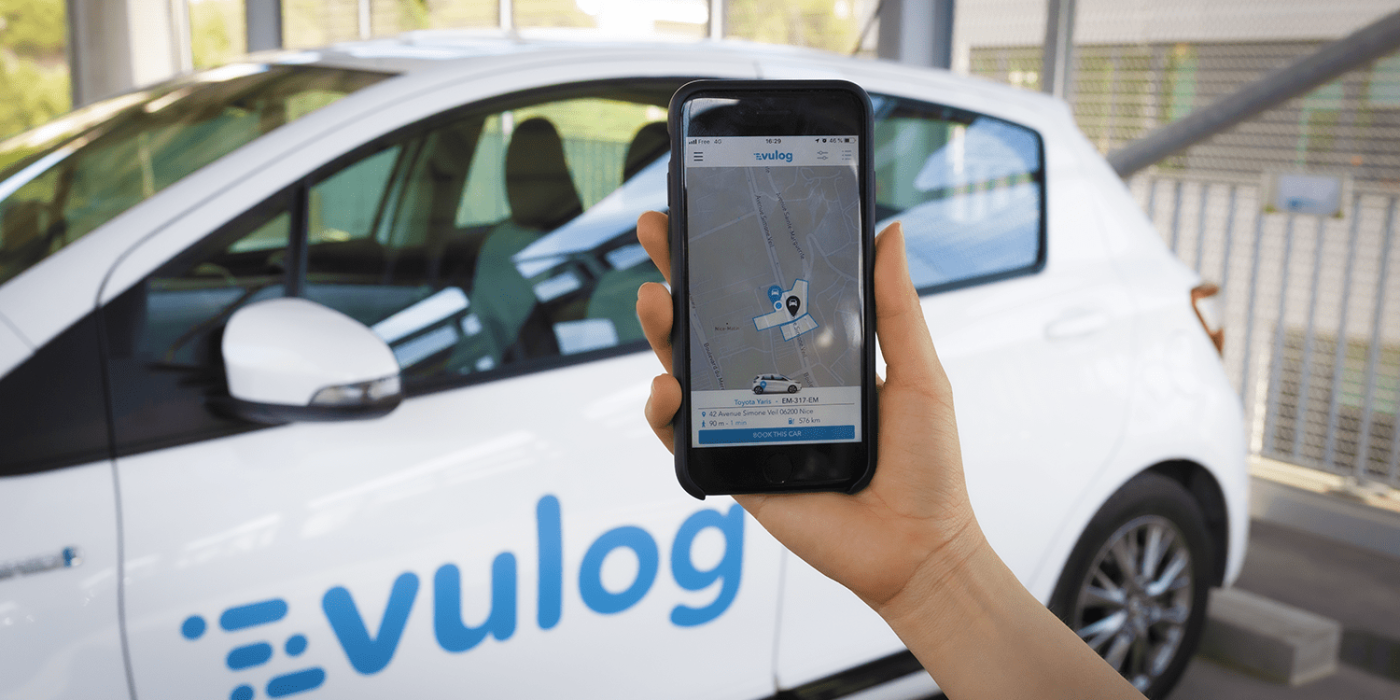
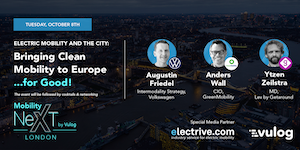
Do you see specific challenges to the London market for shared mobility?
Deploying an excellent electric shared mobility solution means being able to serve London entirely. It’s been quite a challenge and took years for Zipcar to be able to deploy their fleet. They succeeded, I think, thanks to their strong market knowledge and huge efforts to speak and convince each borough. It will now be more accessible for new players to join this market which needs some good shared mobility services to decrease pollution and CO2 emissions. A city like London should have 20,000 shared electric vehicles in five years from now.
Vulog is working towards 30% shared autonomous cars in 2030. How many electric vehicles does this involve?
Outside of cities, it might be different but in cities, I believe 100% of shared mobility will be electric and ultimately autonomous. While there is still a question mark on when that autonomous step will happen, at least most of the shared vehicles will by then be electric.
To stay within the nearer future, what would be your ideal situation five years from now, in 2025?
In the five coming years, I would like to see all large cities taking their responsibility and heavily promoting sustainable mobility solutions to make an impact on pollution, congestion and global warming. Now is the time to go from speech to actions. Owning a private car in a city should be something from the past in 2025.
>> Interview at the Mobility NeXt London session by Vulog. The next events are to take place in Los Angeles and Europe.

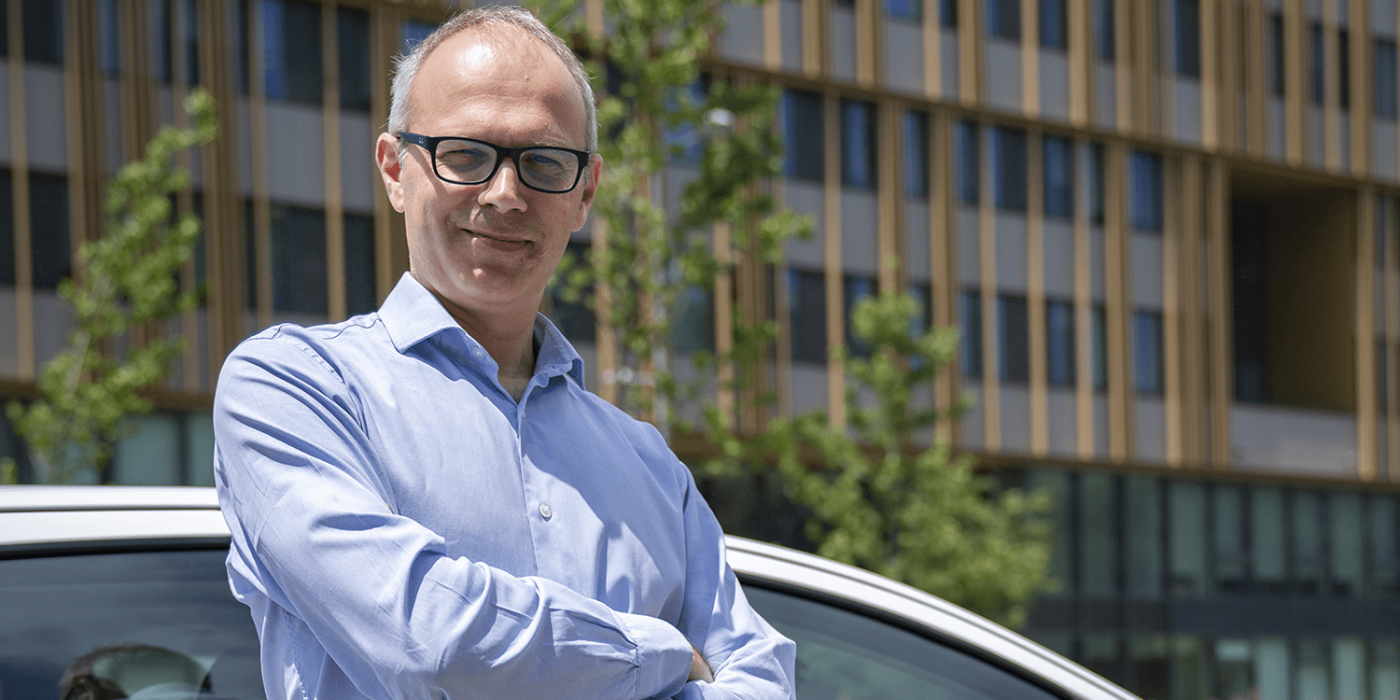
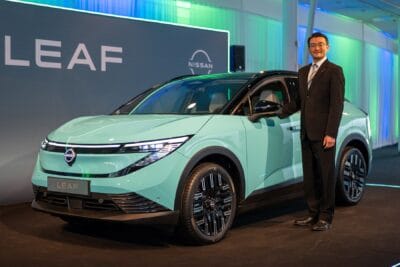
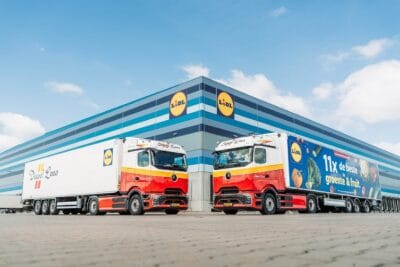
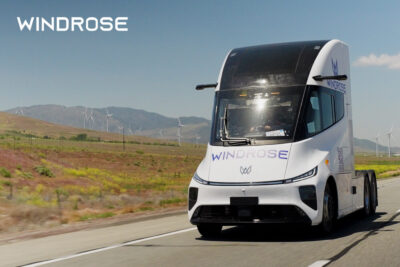
0 Comments